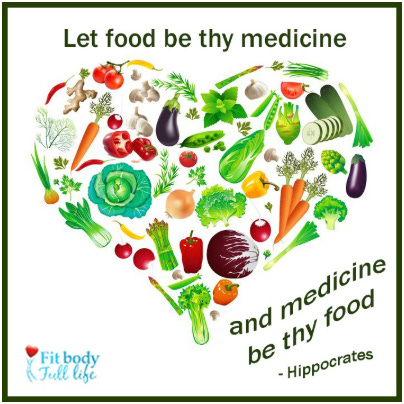Dear sweet reader, Welcome back!
Last week we talked about some of the things that eat our ojas, as knowing these can help us use the medicine of subtraction (take something away) to maintain more of the ojas we already have.
Today, we talk about how to maintain the ojas we have AND build more ojas… so we can ultimately have more ojas AND tejas AND prāna (if you missed the post on the relationship between these three, read it here). It’s going to be excellent!

There are two aspects to building more ojas:
Nutrition
Lifestyle
This post will focus on nutrition, and next week we’ll focus on lifestyle.
According to the classic texts of Āyurveda, which contain the Āyurvedic teachings and principles of practice, certain foods have enough nutritional density to rebuild our ojas. Knowing this, we can incorporate some of these foods into our daily eating, helping us to build ojas every day. The idea of ojas building nourishment as a daily practice is profound. It’s a way of supporting your health and well-being each and every day.
In the Āyurvedic teachings, they talk about how ojas is built only after all the other tissues are built, a process that takes about 40 days. Recognizing that building ojas is a process and that it doesn’t happen overnight provides a humbling insight into resource management. It also explains why incorporating the medicine of subtraction (get rid of things that use up your ojas) plus a daily practice of ojas building is at the heart of Āyurvedic practice.

How to Build Ojas using Nutrition
The first step of ojas building using nutrition is understanding that we need a strong agni (digestion) to digest these Ojas-building foods. (If you don’t remember agni, check in here.) This is a great example of how the three pillars of health are interconnected - we need agni (pillar 1) to build ojas (pillar 3).

If our agni is ready to go, then we can explore the following foods to build our ojas:
Note 1: Please do not eat anything that you know you are allergic to or that you cannot digest. If it’s not promoting your health generally, it’s not going to build your ojas!
Note 2: Anyone who thinks that Āyurveda is vegan is about to be surprised… Because it isn’t and ojas is one reason why.
Organic whole cow’s milk - it is thought to be the best substance for ojas building!
Full-fat coconut milk.
Organic Ghee (clarified butter) made from cultured cow’s milk butter.
Organic bone broth and the meat of happy animals (without preservatives).
Whole grains, like oats, rice, and quinoa.
Easy-to-digest legumes like split mung beans, black beans, tofu, and red lentils.
Natural digestible sugars like jaggery, coconut sugar, molasses, and maple syrup (it’s like the ojas of the tree!)
Sweet veggies like sweet potatoes, beets, carrots, and squashes (acorn, butternut, buttercup, spaghetti, pumpkin, ash gourd, etc.)
Sweet fruits like mangos, bananas, figs, dates, red grapes, avocados, and berries of all sorts.
Nuts, like almonds, cashews, pecans, walnuts, and pistachios.
Oils, like sesame, olive, and avocado.
Fresh, local, and seasonal foods grown close to home (or grown at home!)
Meals made with love :)

For this week, notice which of the ojas building foods you are already eating as part of your regular diet… Then keep eating them! Āyurveda is intuitive, and sometimes we’re doing Āyurveda without even knowing we’re doing Āyurveda :)
Now, notice if there are any others that you could easily add to your regular food intake, and add them in.
Mostly, enjoy your food (and build ojas that way too!)
Thanks for reading!
Your pink-stripe-top-wearing-ojas-building Āyurvedi,





ahhhh summer is a great reminder of non-ojas building foods, for me anyways, I’ve started drinking warm bone broth daily to help counter balance, thanks Mona, loving these reads from you 🥰
I wonder where Honey (local & raw) fit into this AND local, raw, organic goat 🐐 milk. 🥛
I’ve used goat milk for 25 years. 🙏❤️🧡💛💚🤗🩵💙💜🩷🙏